When thinking of a Japanese tree, the first one that usually comes to mind is the famous cherry blossom, but this is not the only plant that stands out for its beauty. The Bordo Japonês is a plant that is also among the most exuberant.
Japan is very rich in plant diversity and even has exotic plants. The Bordo-Japonês also known as Acer Palmatum (its scientific name) is not only beautiful and easy to find in Japan, but it can also be used to make bonsai.
This is possible due to the impressive power of adaptation that its foliage has. Do you like different plants too?
I bet you've already seen this tree playing in an anime at a glance, as Bordo is one of the most popular trees in Japan. Come and get to know the Japanese Board better.
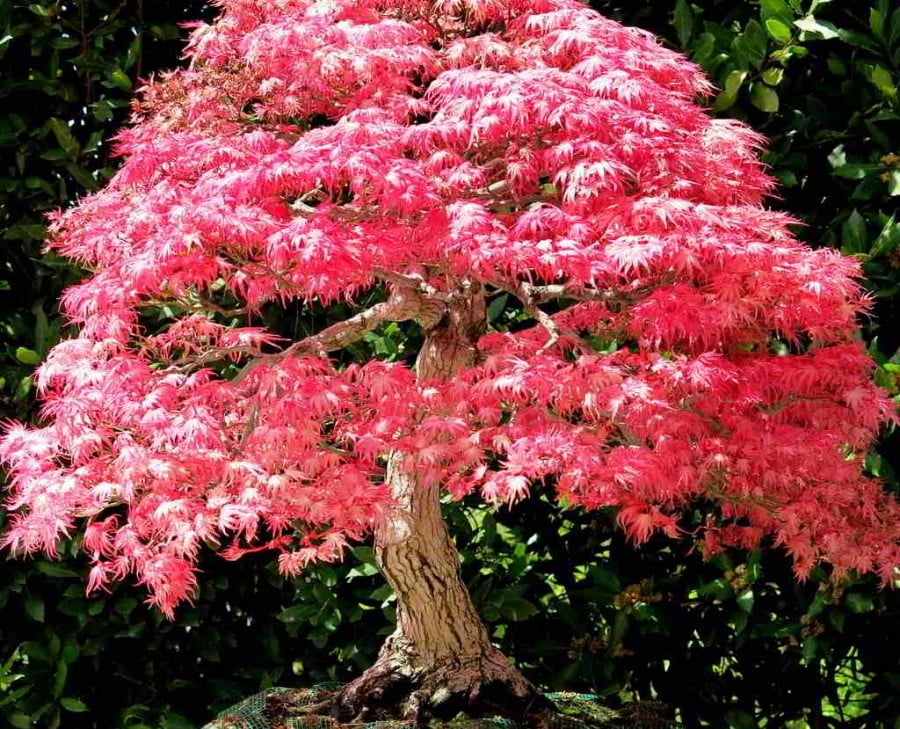
Table of Content
Features of the Japanese Maple
Japanese Maple also has other popular names such as Maple, Japanese Maple, Palm Maple, Japanese Red Maple. It belongs to the family of Sapindaceae (flowering plants).
This type of plant in addition to a common tree can also be a Bonsai. Generally, Japanese maple occurs in environments with continental, Mediterranean, subtropical and temperate climates.
In addition to Japan, it is common for the tree to be found in Asia (where it originated), China and South Korea. Japanese maple foliage changes color with the seasons. And it can reach up to ten meters in height. In rare cases it can be sixteen meters.
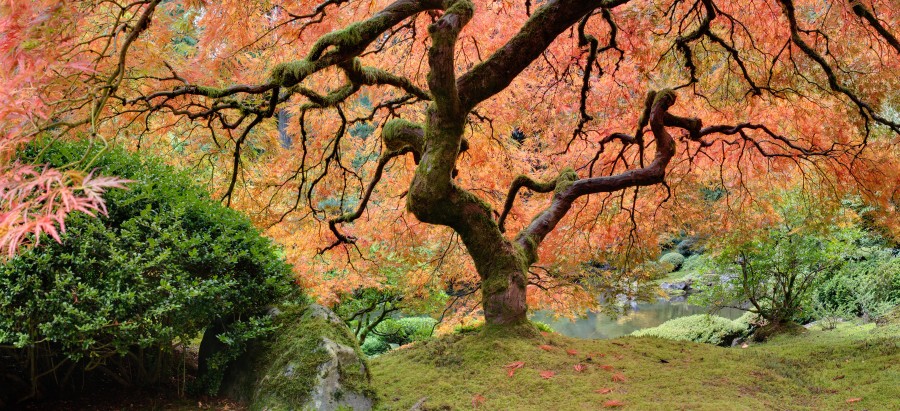
The leaves are large and shiny and can be a little reddish and also more golden tones. The leaves can measure an average of five to twelve centimeters. In addition to red they can be green or purple.
Its fruits develop in pairs resembling the samara. The fruits are produced in the months of April and May. Japanese Maple is an ideal tree for urban environments.
It is also very popular for bonsai because of its delicacy. The plant is even resistant to wind and strong midday heat. The Board may have several tangled trunks.
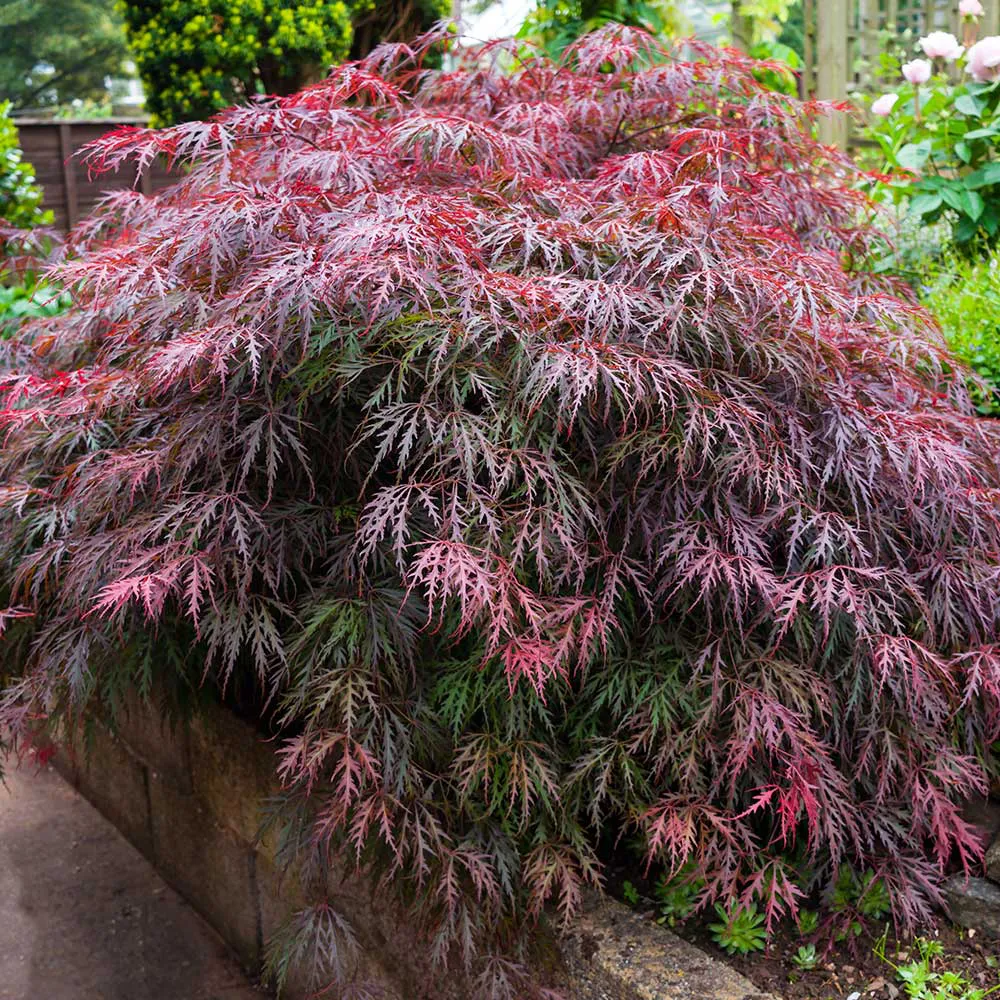
Acer Palmatum is divided into three subspecies:
- Acer palmatum subsp. Matsumure: Large leaves up to 12 centimeters wide.
- Acer palmatum subsp. Palmatum: smaller leaves 7 cm wide.
- Acer palmatum subsp. Amoenum: its leaves are 7 to 12 centimeters wide.
What care should be taken with Japanese Maple?
Japanese maple seeds are easily found in arboriculture. The most cultivated species is the red foliage. I even took a look to see if there is a way to buy it online and there is! And the average is R$110 USD.
So if you live in Brazil, it is possible to have a Japanese Maple, but preferably one that lives in the south and southeast regions, because in these places it will be possible for the tree to adapt as it is closer to the climate it needs to grow healthy.
It is important to be careful with excessive heat because it will lose its leaves prematurely and die.
The Japanese maple should be watered every day, but little by little and keeping an eye on it so that the soil doesn't get too dry or soggy.
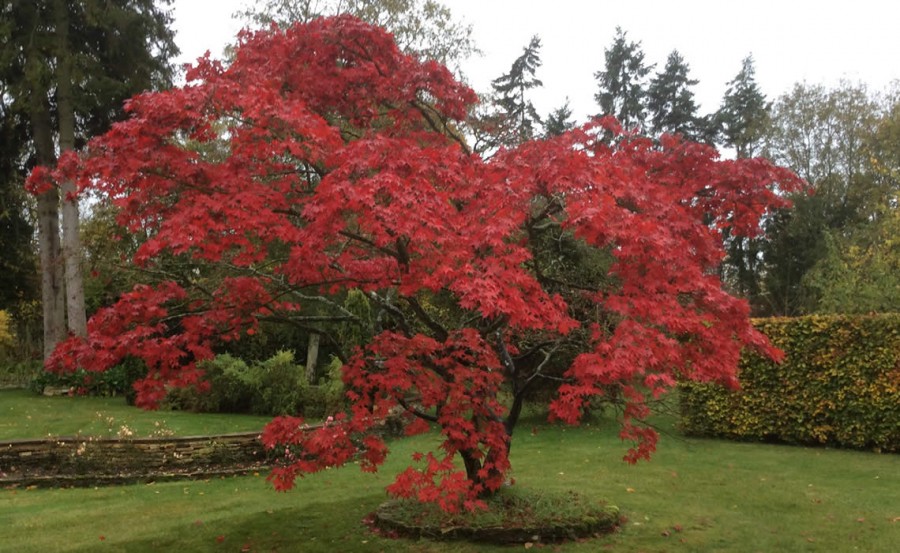
Recommendations for the Board
Despite being a good tree for adaptation, Japanese maple should be located bright, but not in direct contact with direct sunlight.
The soil should be well drained, with deep soil and a pH between four and six. And always pay attention to watering.
Fertilizer should be placed in spring and summer. But to know the correct type of fertilizer for the Bordo, talk to a professional, because if it is not the correct fertilizer it will not develop correctly and, in addition, it may die.
And last but not least: pruning. Especially if your Bôrdo-japonês is in the shape of a bonsai. Normal pruning can be done at any time of the year as needed, and formation pruning is more recommended to be done in the autumn.
Diseases and Pests on the Japanese Maple
No plant is completely pest free and Japanese maple is no different. In this case, what most affect this tree are the mealybug and the aphid.
- Cochineal: It is an insect that sucks the sap and this causes malformations to appear in the leaves and stem. In addition, they expel excess sap on the surface of the leaves, which leads to the appearance of the so-called rust fungus.
- Aphid: Insects that attack the plantation causing loss of vigor, its growth reduces and flowering decreases. Aphids feed on the sap and also feed on the leaves.
To avoid these pests, the tree planting site should be kept slightly damp. Prevention can also be done with ecological insecticides, but ask a specialist to find out which ones are best for your type of maple.
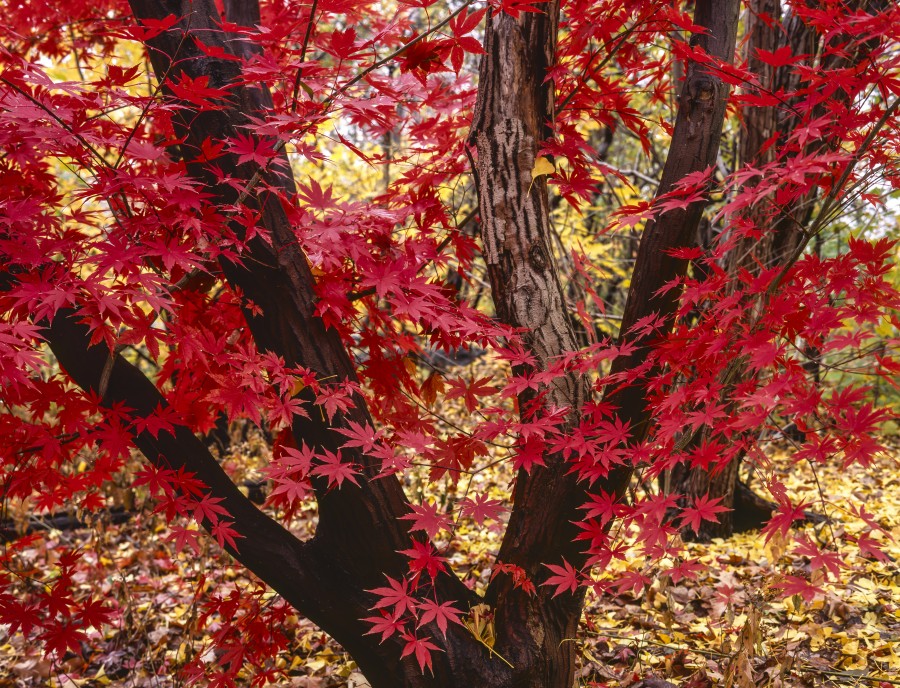
On board Japanese in tattoos
Despite the taboo, some Japanese usually tattoo leaves from trees in Japan because they are very delicate and Japanese Maple is among them.
Many artists create auras based on these leaves for the creation of new tattoo designs. To choose the best tattoo that pleases the person, besides the leaf model, one can choose a quantity of leaves that may indicate luck for them.
Some meanings attributed to tattoos made similar to Bordo's are self-control, memories, balance and others.
So, did you feel like growing a Japanese maple? Do you have a favorite Japanese plant?
